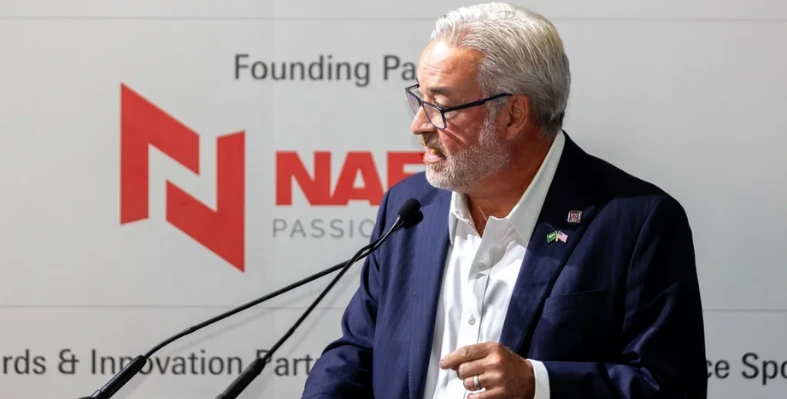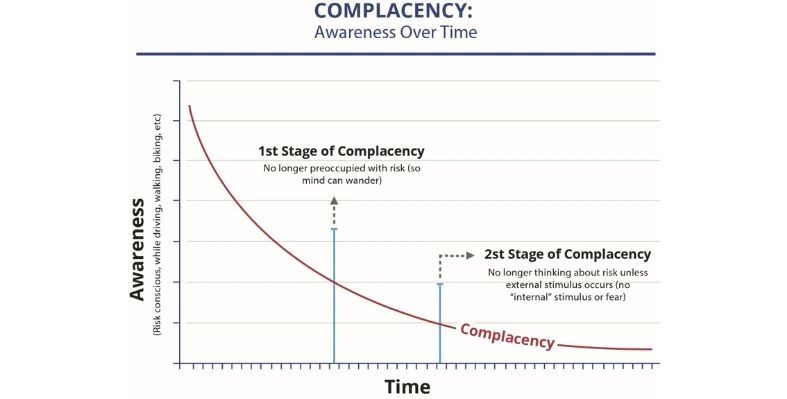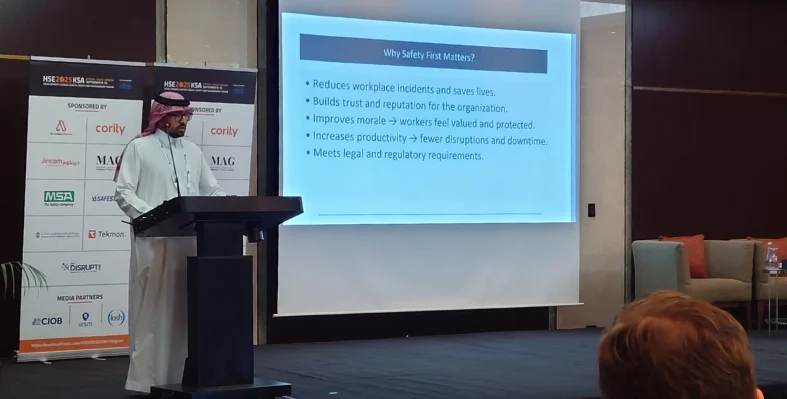The growing adoption of electric vehicles (EVs) and the associated fire risks were discussed at the Fire Protection & Technology Summit at Intersec Saudi Arabia by Mike Brunzell, Vice President of Global Business Development at the National Fire Protection Association (NFPA).
Research from the International Energy Agency (IEA) indicated that global EV sales surpassed 17 million in 2024, representing more than 20% of total vehicle sales. As EV adoption accelerated, new and complex fire risks emerged, particularly in densely populated areas such as residential and commercial parking facilities.
Brunzell explained, “One of the major concerns we face is the risk of thermal runaway in lithium-ion batteries. While the data shows us that EV fires occur less frequently than fires in gas or diesel-powered vehicles, the research also shows that when they do occur, they can present unique and difficult challenges including longer burn durations, high heat release, toxic gases, re-ignition risks and significant water demand for suppression.”
Through the NFPA’s Fire Protection Research Foundation, extensive studies had been conducted into vehicle fire dynamics, suppression methods and ventilation system design. The findings showed that modern vehicles contained a significantly higher percentage of plastic (rising from less than 3% of total vehicle weight in the 1970s to nearly 10% today) creating greater combustible fuel loads. The increasing use of electronic components and intricate wiring systems had also introduced additional ignition hazards.
Brunzell underscored the critical need for safety regulations to evolve alongside advancing technology. “It is through the development of our codes and standards, research initiatives and training programmes that NFPA is proactively working to provide the guidance and the resources needed by fire protection professionals, property owners and policymakers to ensure the integration of EV infrastructure safety strategies,” he said.
The discussion highlighted that as EV adoption continued to expand globally, updating fire protection measures, codes and emergency response strategies would remain essential to mitigating emerging risks in the electric mobility era.























